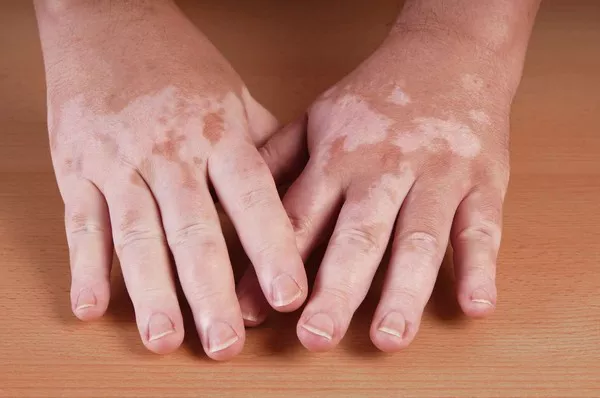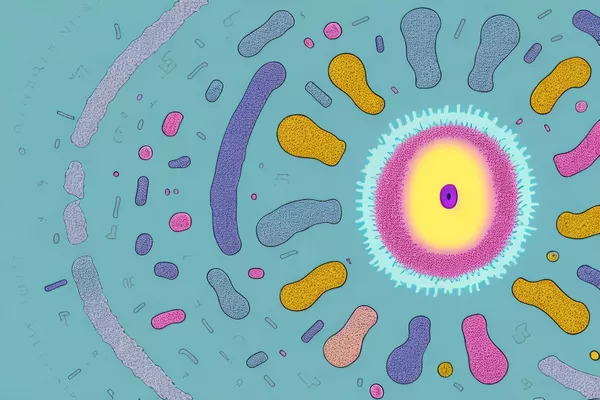Vitiligo, a chronic skin disorder characterized by the loss of skin pigment, affects individuals across the globe irrespective of age, gender, or ethnicity. While the primary manifestation of vitiligo is the appearance of white patches on the skin, the condition can also bring forth a range of physical and psychological side effects that significantly impact the quality of life for those affected.
The Skin: A Mirror to Inner Health
Before delving into the multifaceted realm of vitiligo’s side effects, it’s crucial to understand the underlying mechanisms of this condition. Vitiligo stems from the destruction of melanocytes, the cells responsible for producing melanin, the pigment that gives skin its color. Without adequate melanin, affected areas lose their pigmentation, resulting in the characteristic white patches.
Physical Side Effects: Beyond Skin Deep
While the most apparent consequence of vitiligo is the alteration in skin pigmentation, its effects can extend beyond the skin’s surface. One notable physical side effect is heightened sensitivity to sunlight. Melanin acts as a natural shield against harmful ultraviolet (UV) rays, and its depletion in vitiligo-affected areas leaves the skin more susceptible to sunburns and other UV-related damage.
Moreover, individuals with vitiligo may experience changes in hair and eye color in areas where melanocytes are affected. This phenomenon, known as leukotrichia and heterochromia, respectively, can contribute to feelings of self-consciousness and further exacerbate the psychological impact of the condition.
Psychological Ramifications: Navigating Emotional Turmoil
Beyond its physical manifestations, vitiligo can take a profound toll on an individual’s mental well-being. The conspicuous nature of the condition can lead to feelings of self-consciousness, anxiety, and depression. Many individuals with vitiligo report experiencing social stigmatization and discrimination due to misconceptions surrounding the condition.
The psychological impact of vitiligo extends beyond mere cosmetic concerns. Studies have shown that individuals living with vitiligo are at an increased risk of developing anxiety disorders and depression. The constant fear of judgment and the emotional distress stemming from altered appearance can significantly diminish one’s quality of life and self-esteem.
Social Implications: Breaking the Stigma
In addition to the internal battles faced by individuals with vitiligo, societal attitudes and perceptions can further compound their struggles. Misconceptions about the condition, including unfounded beliefs about its contagiousness or association with poor hygiene, contribute to the stigmatization of affected individuals.
This stigma not only affects interpersonal relationships but also permeates various aspects of life, including education, employment, and healthcare access. Many individuals with vitiligo report encountering discrimination in these spheres, which can hinder their opportunities for personal and professional growth.
Treatment-Related Considerations: Weighing Risks and Benefits
In the pursuit of managing vitiligo, individuals may opt for various treatment modalities aimed at repigmenting affected areas or halting the progression of the condition. However, these treatments are not without their own set of side effects and considerations.
Phototherapy, one of the primary treatment options for vitiligo, involves exposing the skin to UV radiation to stimulate melanocyte activity. While effective for many patients, phototherapy carries the risk of skin damage and increased susceptibility to skin cancers with prolonged use.
Topical corticosteroids, another commonly prescribed treatment, can help reduce inflammation and repigment the skin but may cause skin thinning, stretch marks, and other adverse effects with prolonged use.
Surgical interventions, such as skin grafting and melanocyte transplantation, offer more targeted approaches to repigmentation but come with the inherent risks of scarring, infection, and potential complications associated with anesthesia.
Holistic Management: Nurturing Body and Mind
Given the multifaceted nature of vitiligo and its associated side effects, holistic management approaches are essential for addressing the diverse needs of affected individuals. A comprehensive treatment plan should encompass not only medical interventions aimed at repigmenting the skin but also psychological support to bolster self-esteem and resilience.
Psychotherapy and support groups can provide a safe space for individuals with vitiligo to share their experiences, gain coping strategies, and combat feelings of isolation and stigma. Additionally, education and advocacy efforts aimed at raising awareness about vitiligo can help dispel misconceptions and foster a more inclusive and understanding society.
Conclusion
In conclusion, vitiligo is more than just a skin disorder; it is a complex condition that affects individuals on physical, psychological, and social levels. By understanding and addressing the spectrum of side effects associated with vitiligo, we can strive towards more compassionate care and support for those living with this condition. Through a combination of medical treatment, psychological support, and societal acceptance, we can empower individuals with vitiligo to embrace their unique beauty and thrive in all aspects of life.
























